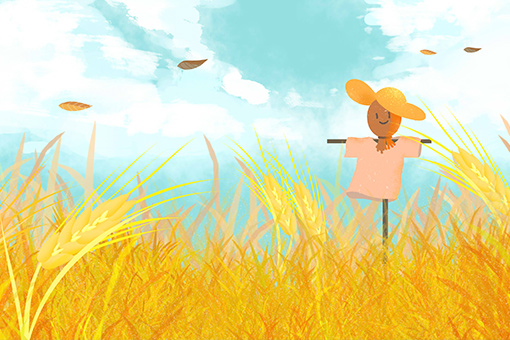Nowadays, both in China and Tibet, many people identify themselves as Buddhists, lay practitioners, or monastics. They often participate in the activity of liberating animals, or practice prostrations and the five extraordinary preliminaries. Many feel proud that they practice every day. However, if you look closely at the motivations, you will find that quite a few practice only for their own benefits in this life, such as health, longevity, or the removal of a life-threatening obstacle. Others hope for a favorable rebirth in the god or human realm just because they fear suffering in the three lower realms (the realms of hell, hungry ghosts and animals).
Depicted from THE RIGHT VIEW- The Three Differences











